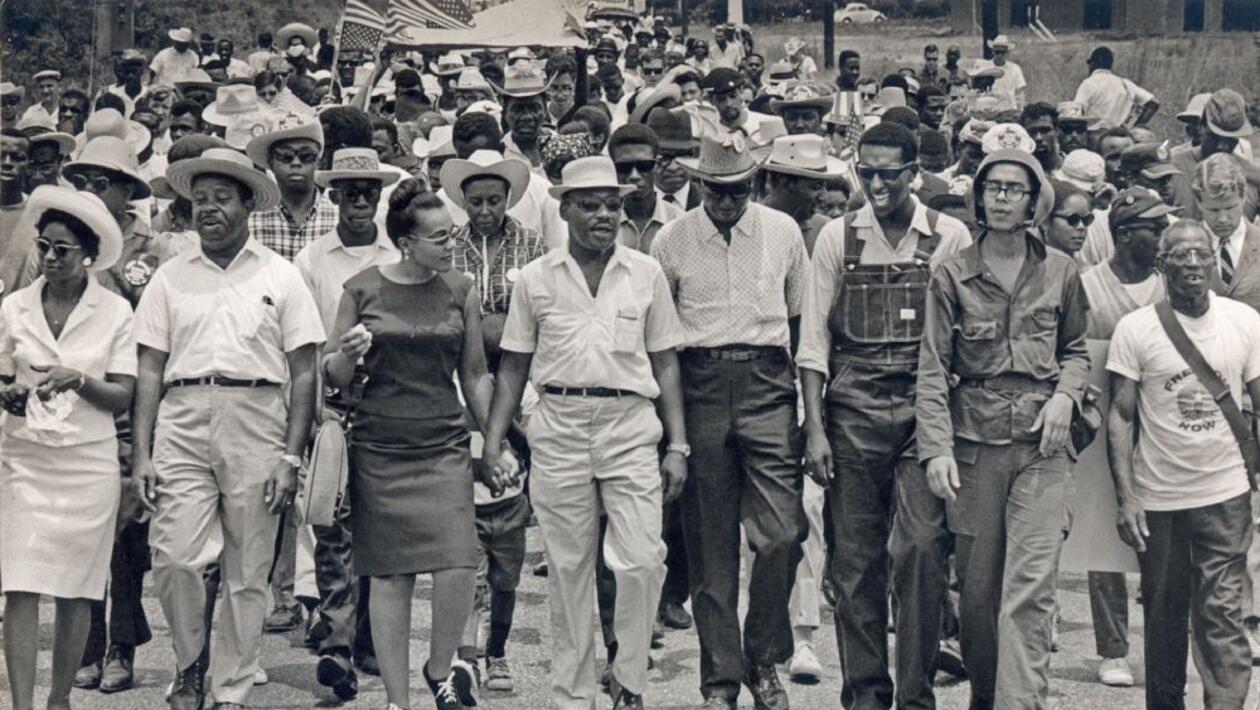Building King’s World House – Diversity and Inclusion
Introduction
“We have inherited a large house, a great ‘world house’ in which we have to live together—black and white, Easterner and Westerner, Gentile and Jew, Catholic and Protestant, Muslim and Hindu—a family unduly separated in ideas, culture, and interest, who, because we can never again live apart, must learn somehow to live with each other in peace.”
The World House, From: Where Do We Go From Here: Chaos or Community, Martin Luther King, Jr., 1967
In this sentence, Martin Luther King, Jr., captured the essence of the diverse world in which we live. Coming together from different national, ethnic, religious, and socioeconomic backgrounds, we find ourselves sharing the same classrooms, neighborhoods, and communities. Can we make our diverse social environment a place where everyone feels accepted and appreciated? A place, where the principles of human rights and democracy guarantee everyone a vote and a voice that is heard? Are our differences in skin color, culture, religion, or political orientation obstacles or assets as we try to build a more just and peaceful world? In this lesson unit, students and teachers will engage in discussions about our various social identities and their meanings. How do these identities determine how we fit into our social environment? Students are invited to think about how we are all different and how we are similar. This lesson plan will examine examples of bias and prejudice against minorities and marginalized groups. In various classroom activities, students will talk about ways in which they can be more tolerant, respectful, and inclusive.
Author: Dr. Mira Foster Subject: English Language, U.S. History Grades: 6-8, 9-12
Essential Question
- 1
As much as we differ in race, religion, culture, language, privilege, abilities, how can we all get along, accept the differences, and see them as assets in building more just and peaceful communities?
Sub Questions
- 1
How are we different? How are we similar?
- 2
Reflecting on the past and present, what happens when “different” means being excluded or discriminated against?
- 3
Why is it important to value each other and respect our differences?
- 4
How does diversity and inclusion fit into larger movements for justice and human rights?


